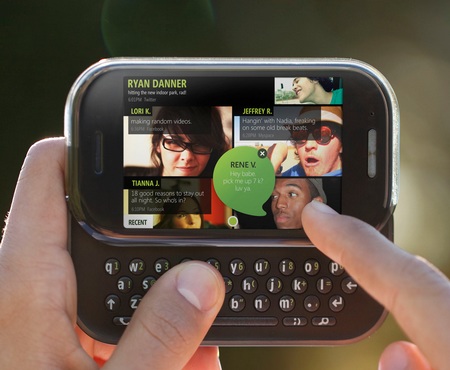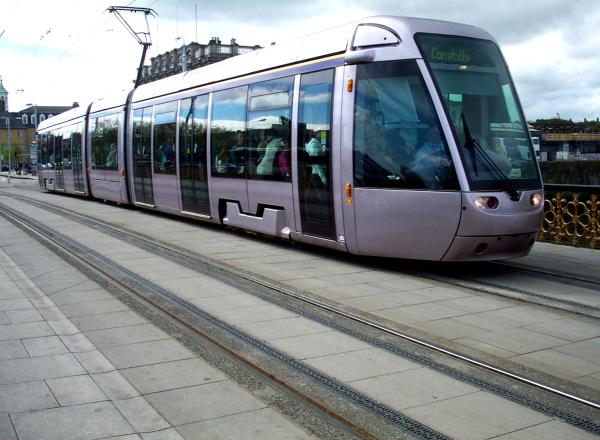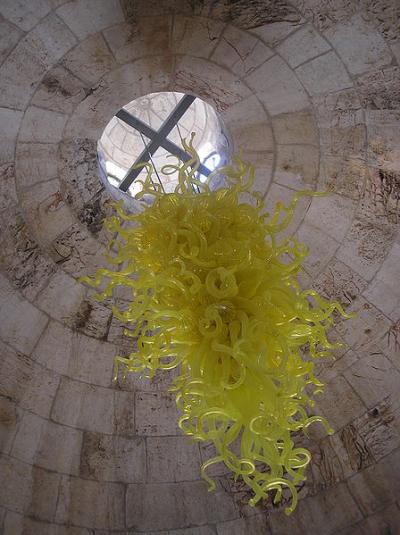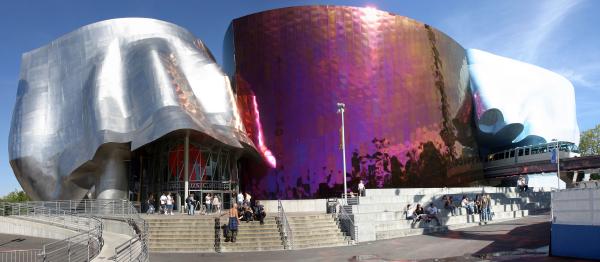| < | Wavepacket Blog only displaying 'economics' posts |
> |
| << Newer entries << | |
| 2010 | |
| July | |
| Sun Jul 11 22:38:59 2010 The End of Microsoft |
|
| Tue Jul 6 20:31:50 2010 Nimble Cities |
|
| June | |
| Tue Jun 22 23:46:51 2010 The Idiocy of Chasing Genius |
|
| >> Older entries >> | |
| >> links >> | |
| Sun Jul 11 22:38:59 2010 The End of Microsoft Taken down by the little guys... |
|||||
| You've probably already heard about the
Microsoft Kin fiasco, whereby
Microsoft spent several years and around 1 billion dollars (a
billion dollars!) to produce the Kin phones, which were then discontinued
after just 6 weeks. They weren't selling.
Just recently local papers noted that Microsoft was firing people, although it isn't clear if these were related to the Kin disaster. Microsoft has been steady sliding in the mobile market. Market shares as of July 2010:
But this is just mobile phones. Why do I think this means the End of Microsoft? Because the future of computing is mobile devices. We've already seen the death of the desktop, killed by both browsers and laptops. Soon the laptop will be killed by mobile devices. Mobile devices are already doing most of what laptops can do, and in a few years laptops will really look like dinosaurs. Microsoft understands that mobile devices are the future. They take the same development platform philosophy as Apple, that is, try to produce a compelling customer experience while making it very difficult for application developers to build for multiple platforms. They want to keep a steady revenue stream for their mobile operating system, regardless of which phone is selling. But they can't seem to make any headway with Windows Mobile! Laptops and desktops are going away, and with them, Microsoft's main cash cow, the Windows operating system. Since office applications are also moving to the cloud, Microsoft has no cash cows left. The future of computing, only a few years away, is mobile devices, and Microsoft is steadily losing market share in the only strategic market. I'm not excited to see a large local company--and former employer of mine!--about to go off the precipice. Hopefully they will learn from their mistakes here, and get a compelling mobile operating system out before it is too late. Comments |
Related: > economics < predictions Unrelated: books energy environment geopolitics lists mathematics science |
||||
| Tue Jul 6 20:31:50 2010 Nimble Cities Vote for my submission in Slate's contest! |
|||||
I happened to be reading
Slate (have you noticed I read that website a lot?) and saw that they were still
accepting submissions for their
Nimble Cities contest. The question, as they put it:
And then, according to their Hive series, they'd allow people to vote and let the people decide on the winner. On the whole, I'm not impressed with their system or the question. They seemed to want a lot of crazy ideas, such as pneumatic tube networks and zeppelins (those are the examples they started with). They wanted to believe one magic transport solution would work, and I'm not so sure. But no mind! The clock was ticking, and I had only 30 minutes over lunch to submit my entry. Here it is: Compact and Decentralized The main goal is to reduce congestion and pollution. In practice that means having people drive less, by rearranging how communities are laid out, and providing practical transport alternatives. A good benchmark: no one should have to drive to work. The long term goal should be to make cities compact again. This will reduce gas consumption, even if everyone continues to use cars, and will make public transport more practical. The best layout is hierarchical: densely populated central hubs connected to each other by high-speed public transport (trains most likely), with each hub supporting a radial public transport network (buses and subways, and dedicated arterials for walkers and cyclists). Incentives to communities:
That's it. Wicked, right? You can also see it at Slate here. However, it turns out I misread the notice. They were still accepting submissions, but voting was about to end. So my submission was only live for an hour or so before they turned off voting. Even so, I managed to get a vote! Woo-hoo! Coming back to why I'm unimpressed with the Hive series, check out the winner of the contest. His solution?
Yes, the solution for our cities is to keep everyone driving, and give them smaller cars. At first I thought this was an awesome joke entry! But now I see it is serious. Oh well. One theme kept coming up in multiple entries (including mine): have dedicated roads for cyclists and pedestrians! Not lanes, but entire roads. You can't vote for my entry on Slate, but you can vote for it here! Comments |
Related: > economics < Unrelated: books energy environment geopolitics lists mathematics predictions science |
||||
| Tue Jun 22 23:46:51 2010 The Idiocy of Chasing Genius The Seattle Center's strange obsession with Chihuly |
|||||
| Lately, the
Seattle Center has been ripping out some older (and faded) attractions, and plans to replace
them with a
Chihuly glass exhibit for which it will charge an admission fee.
For those who don't know, Dale Chihuly is a local glass-blowing artist who is fairly famous world-wide. However, he has a bit of a reputation as a self-promoting gas bag who has other people do all his work. In fact, the whole Seattle Center Chihuly Exhibit idea was due to Chihuly himself. That plus the admission fee have Seattleites up in arms over the proposal. Is a Chihuly glass exhibit, proposed and promoted by one of the era's most self-promoting and over-exposed artists, really the best use of public space in the center of the city? (Hopefully by now you've realized I'm not an impartial observer.) Because of the uproar when the Chihuly exhibit was announced, the Seattle Center said it would solicit proposals for other ideas. They announced their list in early July, you can see it here. Really, none of the other proposals are that great (giving KEXP a cool studio, or a "Museum of the Mysteries"--is that the best we can do?). My favorite from that list is probably the Northwest Native Cultural Center Initiative , which would include a building housing the center, as well as an outdoor area with cedar trees (very Northwest!) and winding paths. Not bad! In announcing the proposals, the Seattle Center re-submitted Chihuly's proposal, and upped their ante, announcing they would give a free field trip for every eighth-grader in the Seattle school district. I like the focus on education, but really, this is just busing in kids to drink the Chihuly Kool-Aid, and it's a one time gimmick. Although I wasn't blown away by the other proposals, the Seattle Center only gave the community a few weeks to submit ideas. I think they could have done better! Also, they don't appear to have learned from their greatest mistake: the Experience Music Project. The EMP is just the latest chapter in Paul Allen's ambitious personal quest to lose as much money as he can in a short amount of time. [Side note: did you see that Paul Allen recently put his yacht up for sale? A mere $162 million.] In addition to being a spectacular money-loser, the EMP is also ugly. Very ugly. When asked, most Seattleites voted to destroy it. When Paul Allen decided to inflict the EMP on Seattle, he asked for the most famous architect at the time: Frank Gehry. Paul Allen picked a recognized genius. How could he go wrong? Well, the main lesson is that just because someone does something great once, doesn't mean they will do something great every time. Frank Gehry isn't perfect. The Massachusetts Institute of Technology is suing Gehry over a building they commissioned from Gehry in 2004. Certainly Gehry's overall reception has been mixed, with the Economist noting
...but that's just nitpicking. Haven't people noticed that Gehry's works mostly look alike? Haven't people notice that great debut albums are often followed by poor sophomore efforts? Don't you think Andy Warhol was over-rated? One of the cities to get architecture right is Chicago. After the Great Chicago Fire in 1871, Chicago had to rebuild. Rather than follow the Paul Allen/Seattle Center strategy and try to commission self-promoting geniuses, Chicago had many lesser-known architects provide great buildings. The result was a city that defined an entire era of architecture. One of the most famous competitions was the Tribune Tower design competition, which not only resulted in a great building but the competition itself spurred new ideas in architecture worldwide. When the Chicago Tribune decided to build the world's best office building, they didn't pick a genius and declare that anything that person produced would be brilliant. Instead, they had a worldwide competition and judged each entry on its merits. That strategy works! [Yes, there is a Gehry in Chicago, and it's ugly too.] So I recommend that the Seattle Center, and Paul Allen, stop trying to chase self-proclaimed geniuses. If they really want great ideas, sponsor a real design competition, and give people time to submit! Comments |
Related: > economics < Unrelated: books energy environment geopolitics lists mathematics predictions science |
||||
| Links: |  |
Blog Directory | Blog Blog | Technorati Profile | Strange Attractor |




